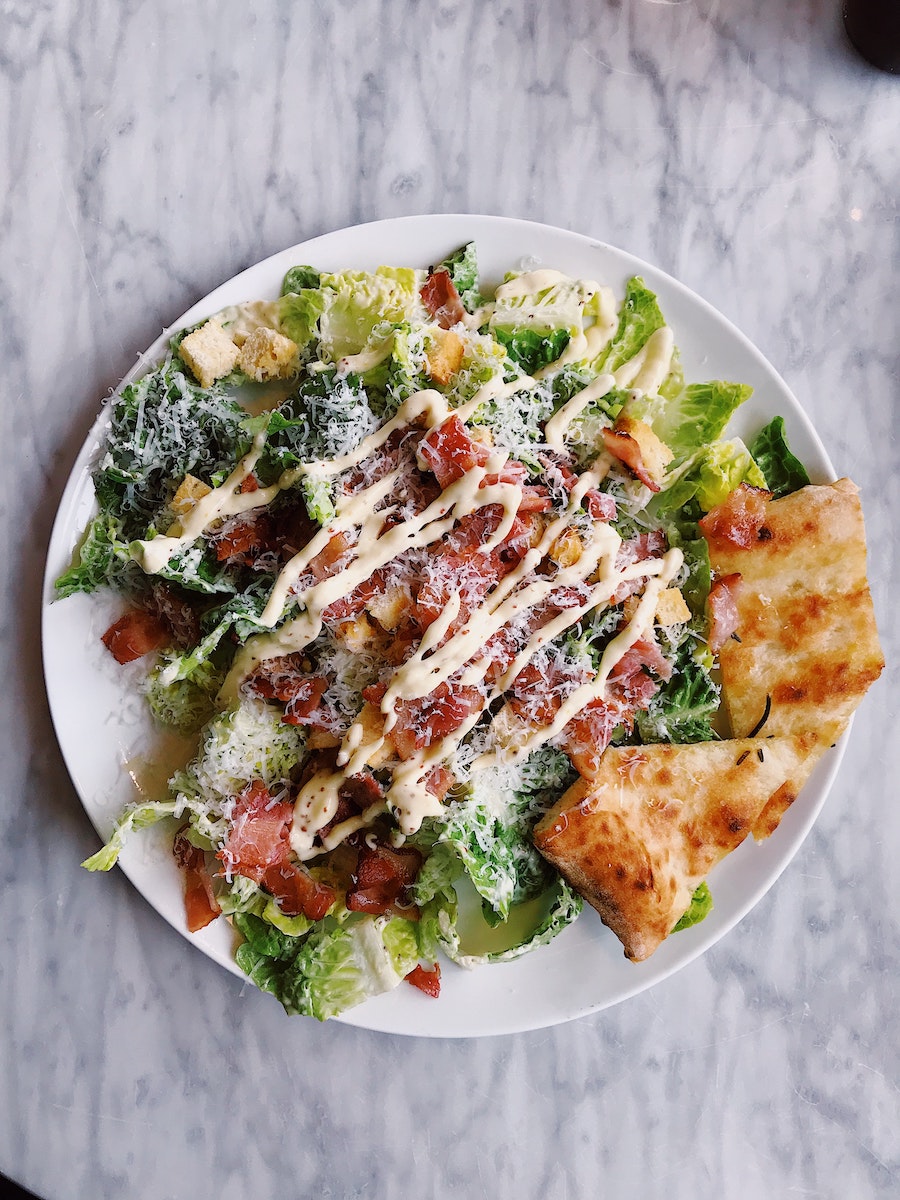OFM Health: Eating Out Without Losing Out

Eating at a restaurant is one of the greatest joys for many people who cook most of their meals, work busy jobs, or just want a fun and relaxing night out. “Dinner and drinks” are a common date night for many couples as well, but what happens when the fear of eating takes over? So many people with digestive issues or special dietary needs have way more to think about before going out to eat.
As a celiac, accidentally being slipped some gluten in my food can take my night from great to terrible. Certainly, dealing with high blood pressure, diabetes, irritable bowel syndrome, or any other medical concern that requires a change in diet can make eating out stressful, and sometimes too much to deal with. But folks in this situation can find the freedom to go out without avoiding something that is fun, relaxing, and brings them joy. It just takes a little preparation and know-how.

When someone is diagnosed with a condition that requires a diet change, most doctors start with the “do-nots”: don’t eat this; avoid that, these ingredients might be hidden in these foods so watch out, etc. Admittedly, even some dietitians engage in similar recommendations. This could not be more harmful to reducing the fear that results from a new diagnosis. Instead, focus on the foods you can eat.
Some of these foods might even be new foods you have never tried, so enjoy the exploration! Just because a condition creates a laundry list of foods that you are better off not eating doesn’t mean there isn’t a list just as long of foods that you can enjoy without any negative symptoms as a result.
Peruse the menu online ahead of time to make sure you can enjoy multiple options at a restaurant—not just one or two. There are even apps, such as Biteappy or Find Me Gluten Free, that will show you safe places to choose your next outing. Most importantly, make sure you know the ins and outs of your condition by speaking with a medical provider.

“As a Type 1 diabetic, I try to find places where carbs are featured less so portion control becomes less of an issue,” says Toby Levin, who has had the condition for more than 30 years and works closely with his endocrinologist.
Another school of thought comes from Beth McVicker, who states, “having chronic acid reflux means I have to make sure Mexican restaurants can serve my favorite foods without all the spice.”
Speaking to the server, restaurant manager, or chef can be a way to find out whether or not an item contains a potential allergen or intolerance. Nowadays, many front and back-of-the-house staff are comfortable clarifying ingredients to make their customers feel welcome and safe. Another option is to ask if delicious substitutes are available. For example, I always make sure gluten-free buns are available at pubs and breweries so I can enjoy a burger.
Remember that the main reason we eat out is to have fun, socialize, and satisfy our cravings for something delicious that we don’t have to cook ourselves. Though it can be a pain, a little bit of homework goes a long way to ensure you don’t accidentally eat something potentially harmful to your body. Everyone is entitled to the experience of dining out, with or without dietary needs. Having an unforgettable evening, in the good way, can be easy when you utilize the right tools to ensure you have the knowledge needed to make food choices that are delicious, appropriate for you, and have you going back for more.




